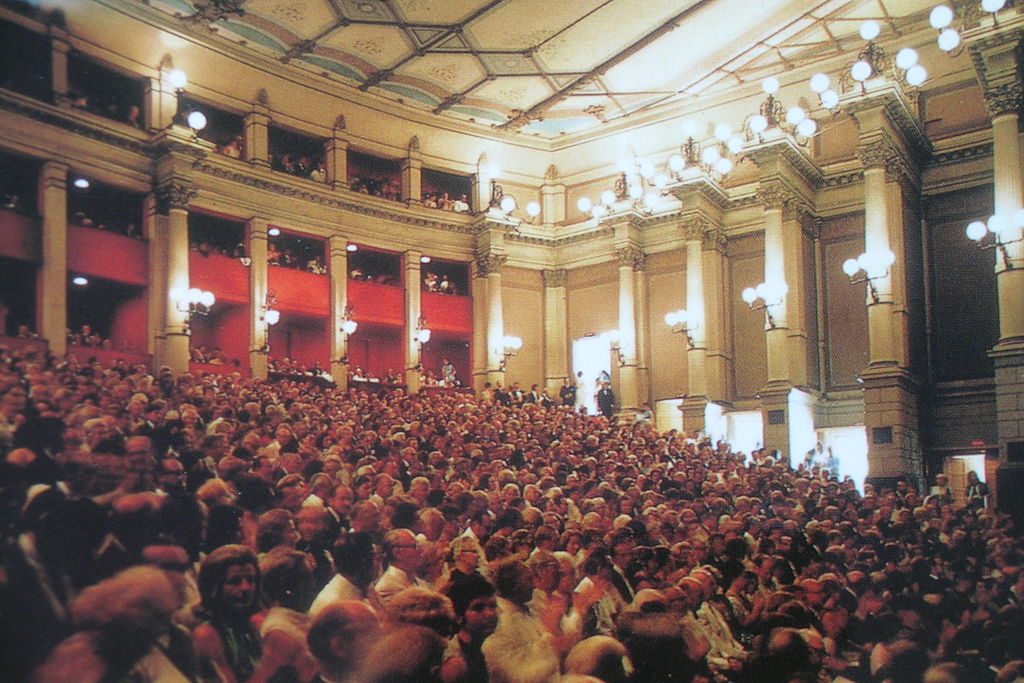23rd January 1942, midday
Appreciation of the Czechs—The internal policy of the Habsburgs—When the Popes harried the Jews—The “decent” Jews.
Of all the Slavs, the Czech is the most dangerous, because he’s a worker. He has a sense of discipline, he’s orderly, he’s more a Mongol than a Slav. Beneath the top layer of a certain loyalty, he knows how to hide his plans. Now they’ll work, for they know we’re pitiless and brutal. I don’t despise them, I have no resentment against them. It’s destiny that wishes us to be adversaries. To put it briefly, the Czechs are a foreign body in the midst of the German community. There’s no room both for them and for us. One of us must give way.
As regards the Pole, it’s lucky for us that he’s idle, stupid and vain. It’s the duty of the Party to settle these questions once and for all in the course of the next five hundred years. The Habsburgs broke their teeth on them. They believed they could smooth everything down by kindness. The Czechs didn’t have the feeling that they were being treacherous in acting as they did. In any case, it’s one of the incomprehensible circumstances of history that the ancient Bavarians left those territories and the Czechs settled there. Such a situation is unbearable from the geopolitical point of view. The result has been, we have the Poles close at hand, and, between them and the Czechs, nothing but the narrow Silesian strip.
The Jew must clear out of Europe. Otherwise no understanding will be possible between Europeans. It’s the Jew who prevents everything. When I think about it, I realise that I’m extraordinarily humane. At the time of the rule of the Popes, the Jews were mistreated in Rome.
Until 1830, eight Jews mounted on donkeys were led once a year through the streets of Rome. For my part, I restrict myself to telling them they must go away. If they break their pipes on the journey, I can’t do anything about it. But if they refuse to go voluntarily, I see no other solution but extermination. Why should I look at a Jew through other eyes than if he were a Russian prisoner-of-war?
In the p.o.w. camps, many are dying. It’s not my fault. I didn’t want either the war or the p.o.w. camps. Why did the Jew provoke this war? A good three hundred or four hundred years will go by before the Jews set foot again in Europe. They’ll return first of all as commercial travellers, then gradually they’ll become emboldened to settle here—the better to exploit us. In the next stage, they become philanthropists, they endow foundations.
When a Jew does that, the thing is particularly noticed—for it’s known that they’re dirty dogs. As a rule, it’s the most rascally of them who do that sort of thing. And then you’ll hear these poor Aryan boobies telling you: “You see, there are good Jews!”

